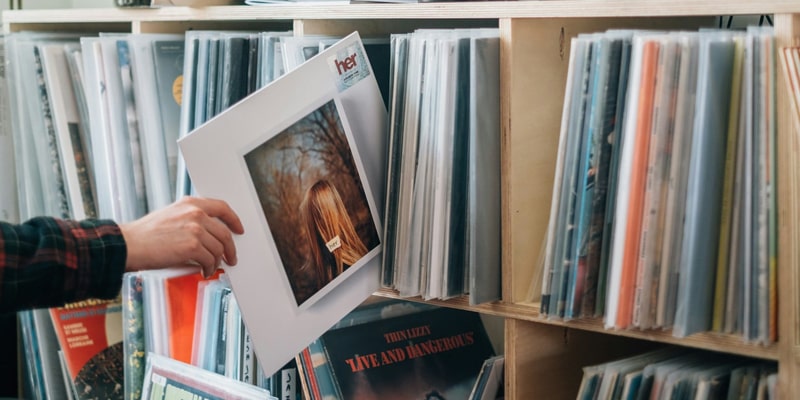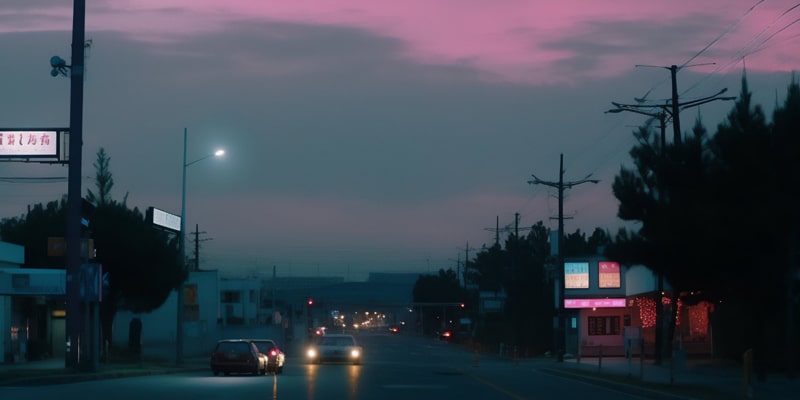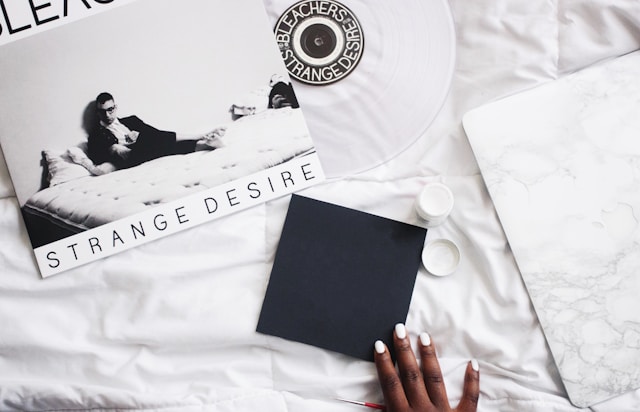The visual image often speaks louder than words. In music, this image is the album cover. It not only grabs the listener’s attention but also creates an emotional context for experiencing the music. With the evolution of technology and creative approaches, streaming services have transformed into galleries of artificially generated images. Finding an original cover, created in editors or, even more rarely, photographed for an album, is becoming increasingly difficult. How exactly does the album cover influence our interaction with music, and can it tell a story that resonates with the audience? And what does automation bring to its design? We’ll explore these questions in our article.
How Has the Role of Album Covers Changed in Music History?
In the early days of the music industry, album covers served only a utilitarian function—protecting the vinyl record. However, by the 1960s, everything changed. Artists began using the cover as a way to tell a story or convey an idea that went beyond sound.


The iconic Sgt. Pepper’s Lonely Hearts Club Band by The Beatles was one of the first examples where the album cover was not just an image, but a carefully thought-out concept. In the 1970s and 1980s, covers became works of art. Albums like The Dark Side of the Moon by Pink Floyd not only enhanced the emotions evoked by the music but also became symbols of their era.
The album cover gradually took center stage in album marketing. Even before a listener heard the first notes, they already had certain expectations based purely on the design.
Visuals Matter!
Imagine listening to music without seeing the cover. While sound is the main focus, we often subconsciously build an emotional connection through the visual context. For example, the famous cover of Nevermind by Nirvana conveys protest, search, and defiance—ideas that resonated with an entire generation. The image of a baby swimming towards a dollar became an iconic symbol of the fight against materialism.
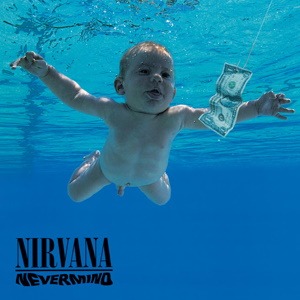
Every album cover is a thoughtful choice. Bright colors can symbolize energy, while minimalism may signify mystery. The cover helps communicate something that cannot be expressed with sound alone.
Musicians often collaborate with designers to create a cohesive concept. It’s not just an image, but part of the story they want to tell.
The Digital Age
In the world of streaming platforms, we experience music differently: instead of vinyl records or cassettes, we see a tiny square on our smartphone screen. It seems like the album cover has lost its power. But is that really the case?
Studies show that even in the digital age, album covers remain critically important. They catch attention when listeners scroll through endless lists of new releases. A bright design might be the deciding factor that makes someone click “play.”
Problems in the Digital Era
The main issue is that AI creates vibrant images, but without a deep understanding of the music the cover is supposed to represent. The algorithm cannot feel how the album sounds or grasp the story the author wants to tell. As a result, such covers may look technically flawless, but they often lack the emotional depth that only humans can convey.
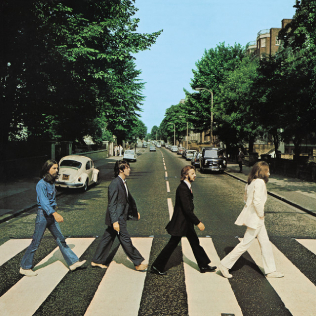
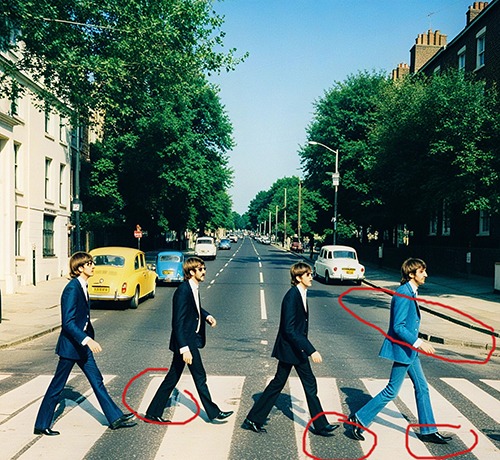
And many believe (and we agree) that human uniqueness and the ability for emotional expression will always remain irreplaceable.
Conclusion
Though the number of album covers created with artificial intelligence is growing, their true value is becoming more and more questionable. Younger listeners, particularly Gen Z, increasingly prefer covers created by humans. They are not drawn to flawless but “lifeless” graphics. Even simple drawings or collages reflecting the author’s personality spark more interest.
This trend may change the future of music design. Tired of artificiality and excessive automation, people will seek covers that have “soul.” This could lead to a return to more authentic, “handmade” design methods, where the focus is not on technology but on the emotions and imagination of the author. This is what we hope for.
